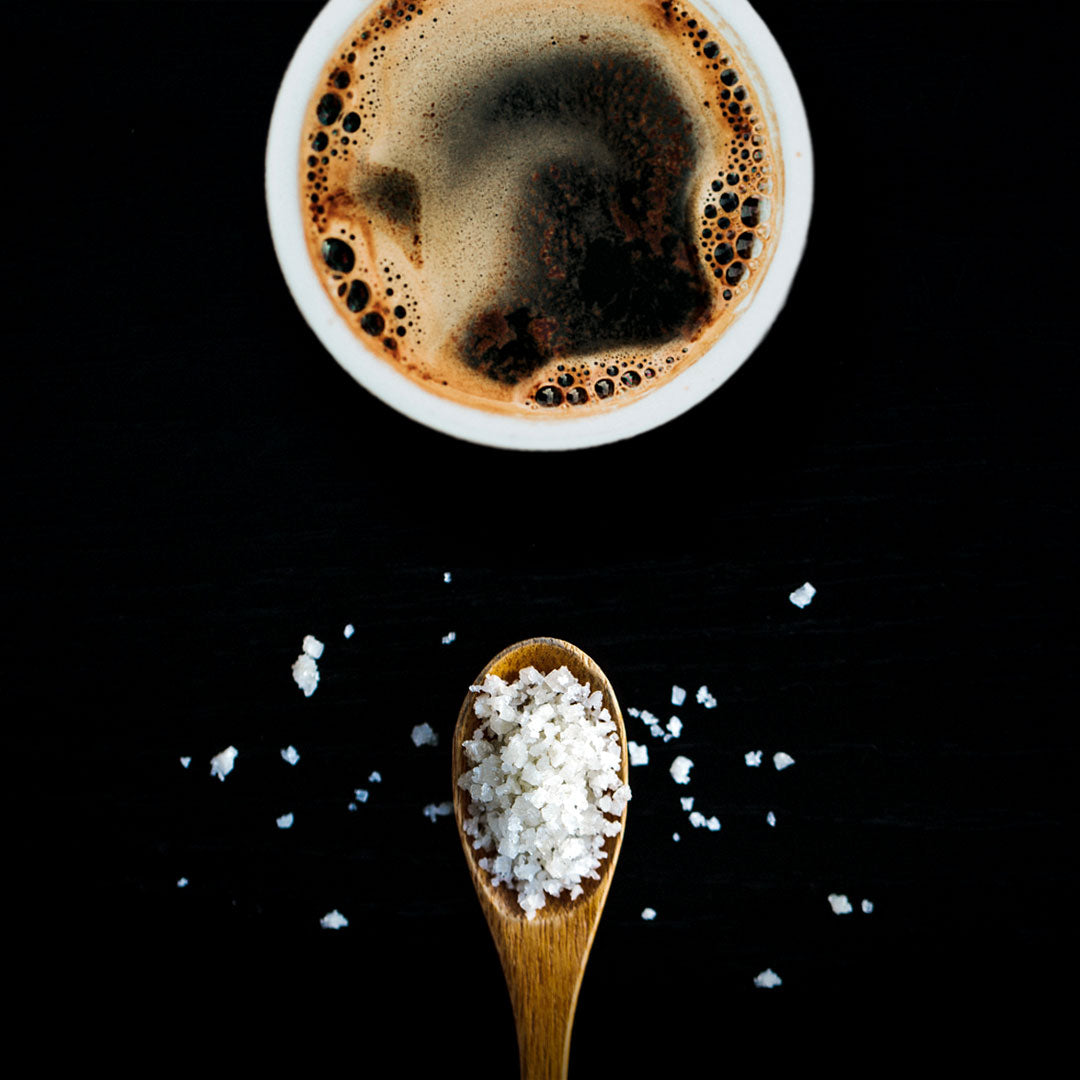The Effect of Temperature on Coffee

Coffee is not only popular all over the world — it is also consumed at a variety of temperatures, from piping hot beverages to Thai iced coffee. Temperature can play a major role in how coffee ends up tasting. And the baristas who have the greatest understanding of coffee temperature will be the most likely to get the flavors and aromas they crave.
Flavor and Aroma
Coffee has more than 1000 aroma compounds that affect the smell and taste of coffee, and 40 of them affect it in a major way. Most of coffee’s aroma compounds are created during the roasting process, which can be done in a variety of ways. The green coffee beans can be used for light roasts, medium roasts, medium-dark roasts, or dark roasts, and the type of roast achieved depends on how high the temperatures are during the roasting process. Those temperatures result in reactions with the nitrogen compounds, carbohydrates, and sugars found in the green coffee beans, and after the roasting is completed, coffee can have a wide range of tastes, aromas, or sensations — from sweet to acidic to bitter.
ANSWERED: How long after roast date is coffee good for?
Extraction
The flavors and aromas of coffee are not only affected by the roasting process — they are also affected by the temperature of the water after those roasted beans have been grounded up and used to brew coffee. The hot water used during brewing can extract most of the compounds associated with coffee, and the hotter the water, the more those compounds can be extracted. Molecules are an important part of the extraction process: when the temperature of the water used to brew coffee increases, the water’s molecules gain energy because of the heat — and the interaction between the water molecules and the coffee molecules increases. The more the water molecules and the coffee molecules increase, the more extraction takes place. And extraction affects the coffee’s taste and aroma.
But extraction can also take place at low coffee temperatures. A long extraction at a lower temperature of 41-71F/5-22C can result in a sweeter coffee taste.
Ideal Coffee Drinking Temperature (and How to Drink Hot Coffee Without Burning Your Mouth)
The National Coffee Association has cited 179-185F/82-85C as the ideal coffee drinking range. Of course, black coffee consumed at those temperatures would scald a person’s tongue. One way to drink hot coffee without that type of pain is by taking very small sips or slurping the coffee — that is, taking small sips while inhaling air (which cools the liquid down quickly). And of course, the addition of cold milk can cool hot coffee down in a hurry.
Higher aroma levels are found at coffee temperatures in the 140-158F/60-70C range. And different flavors are associated with different temperatures. The flavors associated with a coffee temperature of around 158F/70C range from bitterness to intensity to a roasted flavor. Bitterness is believed to be the most intense at 132F/56C.
Coffee Cool-Down Effect on Flavor
The flavors and aromas of coffee can change considerably at temperatures below 122F/50C. Bitterness decreases and aromas become harder to notice. The sweetness becomes the most noticeable at a temperature of roughly 111F/44C, and bitterness is the least noticeable at roughly 107F/42C. And in the 87-98F/31-37C range, the most prominent flavors can be anything from sweetness to acidity to fruitiness. Acidity becomes the most noticeable at roughly 77F/25C.
How to Control Coffee Temperature for Best Flavor
The ideal water temperature for brewing coffee is in the range of 195-205F/90-96C. The hotter the water, the more extraction from the coffee grounds there will be — which means that if the water is hotter than 205F/96C, there can be too much extraction from the grounds. And excess extraction can result in a coffee having too bitter a taste. But on the other hand, if the water temperature is lower than 195F/90C, coffee can end up tasting sour or underdeveloped. So, water that is somewhere in the 195-205F/90-96C range tends to yield the best-tasting coffee.
One thing that can affect how easily water boils is altitude. The higher an elevation, the lower the water temperature needs to be to reach the boiling point. So, if one lives in South America, water would boil more easily in the higher elevations of the Andes Mountains of Peru and Bolivia than at sea level in Rio de Janeiro. And in the United States, water boils at 202F/91C in Boulder, Colorado — where the elevation is 5000 feet — compared to a boiling temperature of 206F/96C on the Texas high plains, where the elevation is 3000 feet.
Coffee lovers are by no means monolithic. Some appreciate a more bitter or sharp flavor, while others prefer a more mellow or sweeter taste. But whatever a coffee lover’s preference, those with the best understanding of coffee temperatures will have the best chance of enjoying the type of flavor that they prefer.






